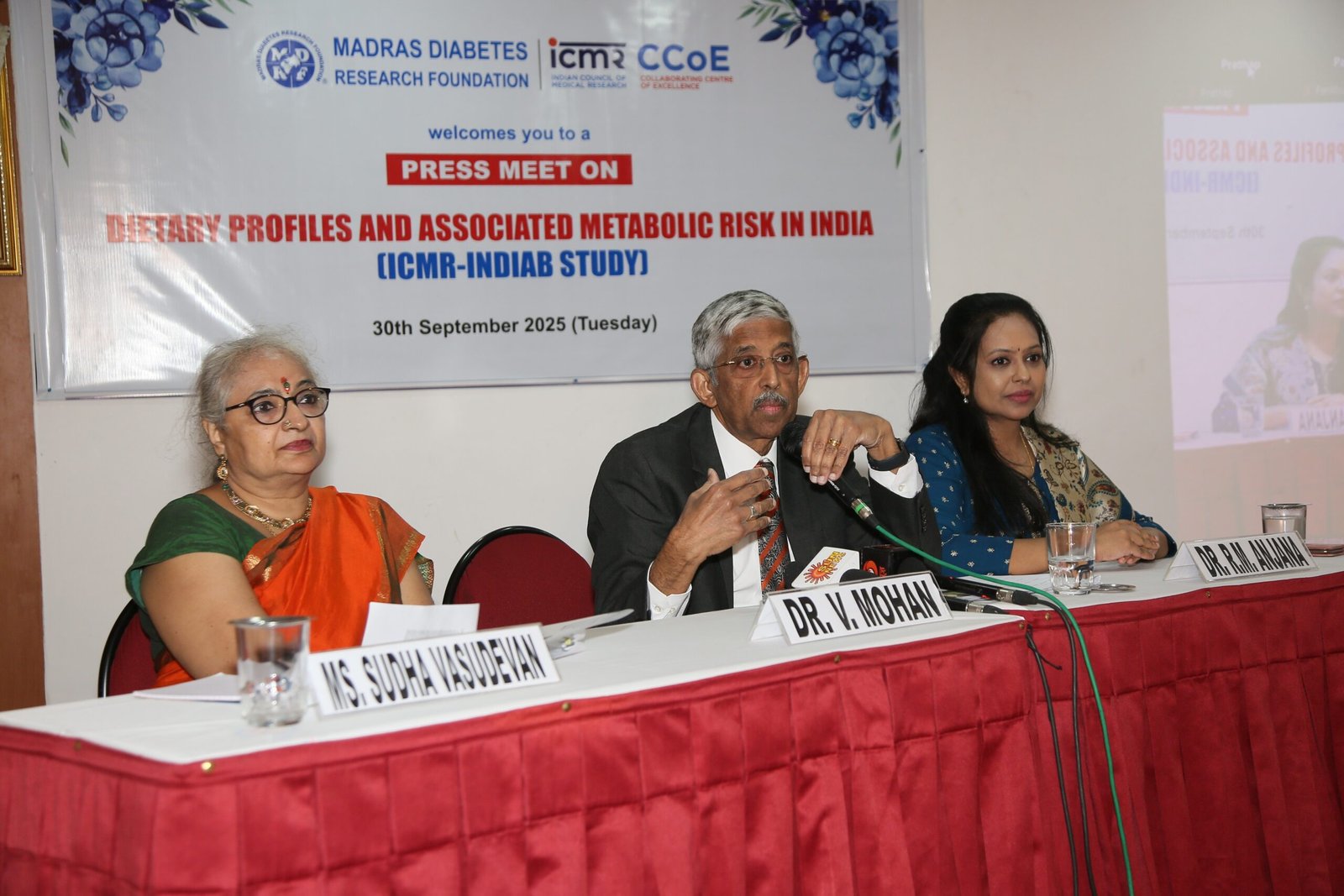Inside BENEO’s new pulse plant: pioneering sustainable protein from faba beans
While there was a huge diversity in nutrient intakes across the states, most Indians obtain a staggering 62 per cent of their calories from carbohydrates, one of the highest rates in the world
According to the latest evidence generated from the Indian Council of Medical Research-India Diabetes (ICMR-INDIAB) study published in Nature Medicine, India’s rapidly changing eating habits are fueling dramatic rises in diabetes and obesity. The cross-sectional survey was conducted in collaboration with Madras Diabetes Research Foundation (MDRF) and included a nationally representative sample of 1,21,077 Indian adults from urban and rural areas of 36 states, Union Territories and the National Capital Territory (NCT)-Delhi. Detailed dietary data from every fifth participant was used to characterise India’s dietary profile across regions and examine inter- and intra-regional differences in macronutrient intakes and associated metabolic risk.
The major findings of the Indian dietary profiles in terms of macronutrients’ (carbohydrate, fat and protein) intake were as follows:
Carbohydrate intake:
- While there was a huge diversity in nutrient intakes across the states, most Indians obtain a staggering 62 per cent of their calories from carbohydrates, one of the highest rates in the world.
- Much of this comes from low-quality sources like white rice, milled whole grains, and added sugar.
- White rice dominates diets in the South, East, and Northeast, while wheat is more common in the North and Central regions.
- Millets as a main staple are consumed in only three states: Karnataka, Gujarat, and Maharashtra with major types including finger millet (ragi), sorghum (jowar) and pearl millet (bajra).
- High sugar intake is concerning: 21 states and union territories exceeded the national recommendations of <5 per cent E for added sugar intake
Dietary fat intake:
- While average total fat intake stayed within national guidelines (≤30 per cent of energy), saturated fat intake exceeded the recommended threshold for metabolic health (<7 per cent of energy) in all but four states (Jharkhand, Chhattisgarh, Arunachal Pradesh, and Manipur).
- Consumption of monounsaturated and omega-3 polyunsaturated fats remains low across regions.
Protein intake:
- Overall protein intake in India is suboptimal, averaging 12 per cent% of daily calories, with the highest intake (14 per cent E) in the Northeast region.
- Most protein in Indian diets comes from plant-based foods like cereals, pulses and legumes (9 per centE).
- Intakes of dairy and animal protein varied widely, but intakes remained low nationwide (2 per centE and 1 per cent respectively).
Carbohydrates intake and metabolic risk:
High carbohydrate calories and their major food sources (white rice, milled whole grains and added sugar) were associated with increased metabolic risk (diabetes, prediabetes and obesity).
A simple diet tweak may help cut the metabolic risk:
- Modelled substitution analysis found that replacing just 5 per cent of daily calories from carbohydrates with plant or dairy proteins significantly lowers the risk of developing diabetes and prediabetes.
- Importantly, replacing carbs with red meat protein or fats did not have the same protective effect.

Dr RM Anjana, lead author and President, Madras Diabetes Research Foundation, emphasised, “Our findings clearly show that typical Indian diets, heavy in carbohydrates from white rice or whole wheat flour, and low in quality protein, are putting millions at risk. Simply switching from white rice to whole wheat or millets is not enough unless total carbohydrate intake decreases and more calories come from plant or dairy proteins.”
Sudha, joint first author, and Sr Scientist & Head, Department of Foods Nutrition & Dietetics Research, MDRF noted that similar metabolic risks were observed across all regions, regardless of the main carbohydrate sources.
Dr V Mohan, senior author of the paper and Chairman, Madras Diabetes Research Foundation, says, “These nationwide findings should inspire policy reforms, especially regarding food subsidies and public health messaging to help Indians shift towards diets richer in plant-based and dairy proteins, and lower in carbohydrates and saturated fats.”
Dr Shilpa Bhupathiraju, co-senior author stated, “Reducing saturated fat remains a challenge. Encouraging healthier oils and more pulses and legumes could make a major difference to the health of the Nation.”
The Indian Council of Medical Research-India Diabetes (ICMR-INDIAB) study, was funded by the ICMR and Health Ministry and was done over 15 years. MDRF was the national coordinating centre for this study.

